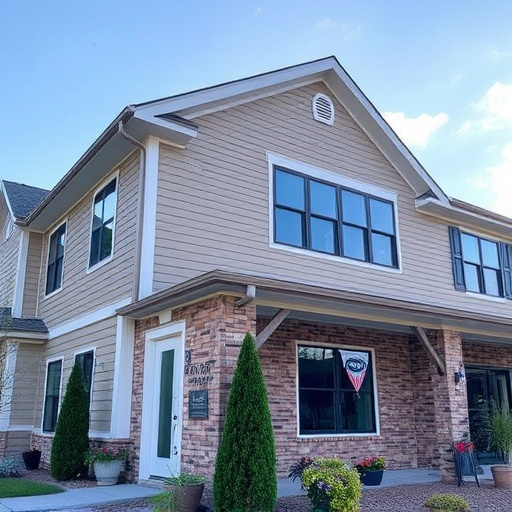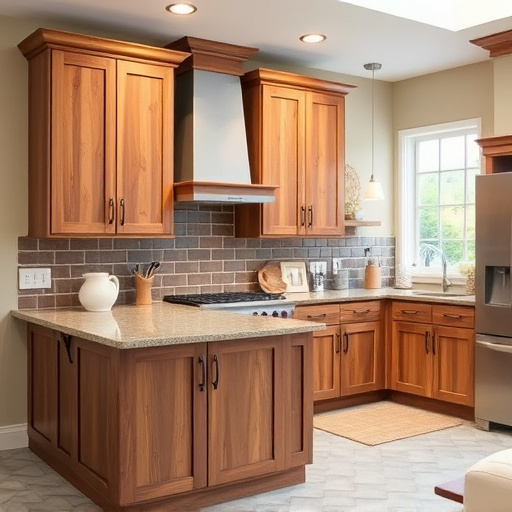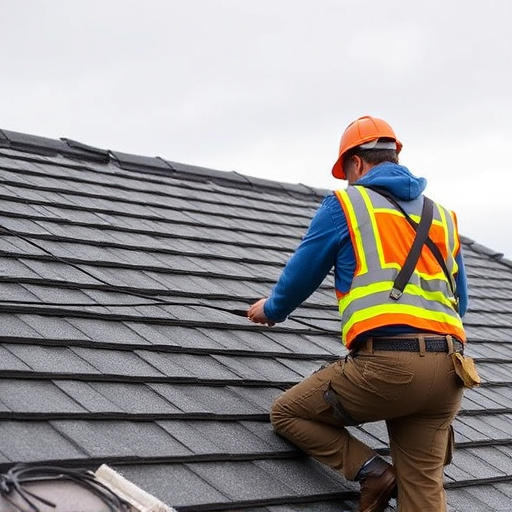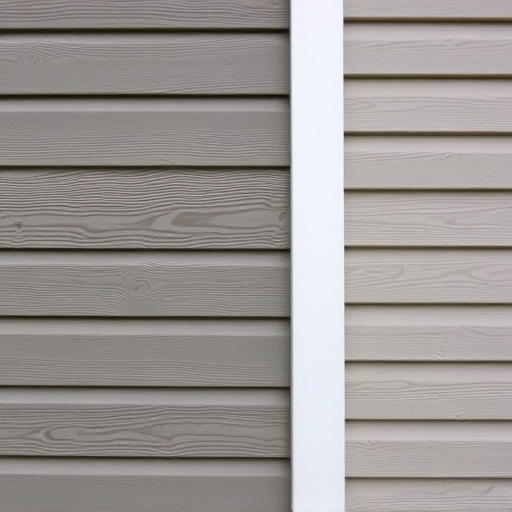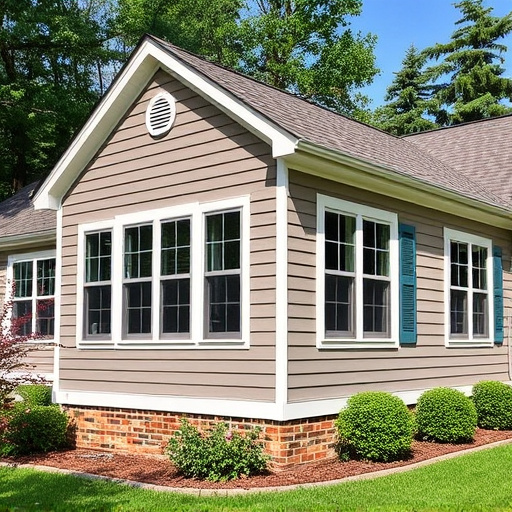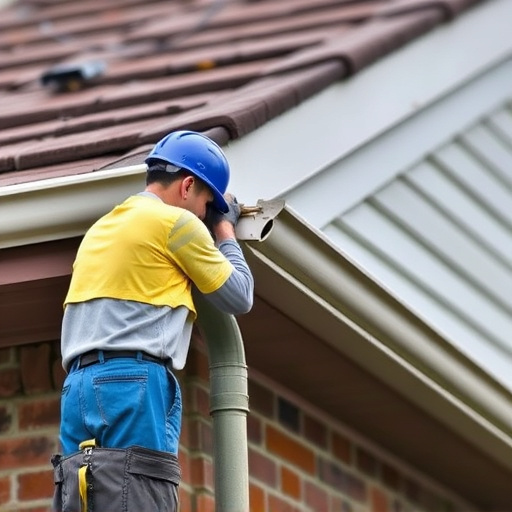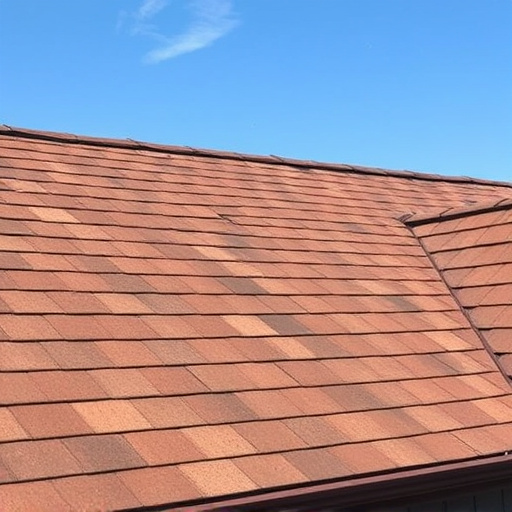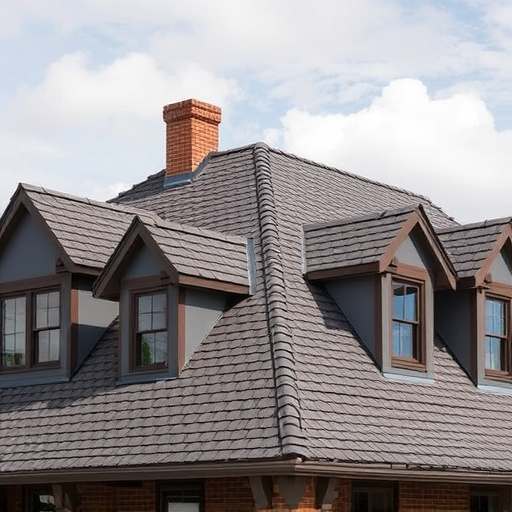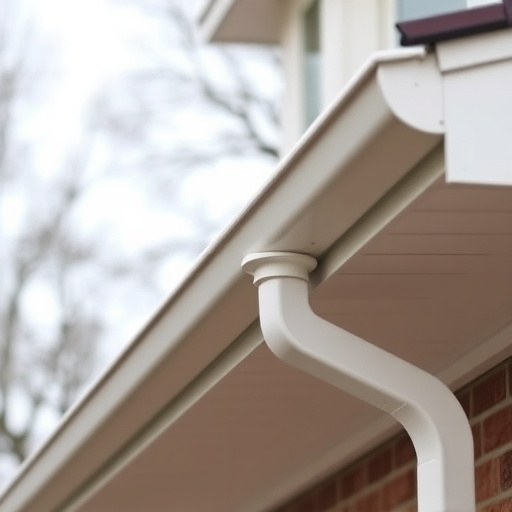Quality wood siding is a mark of expert craftsmanship that boosts a home's curb appeal and longevity. It involves fitting boards precisely for protection against the elements, considering climate, aesthetics, ventilation, and suitable wood species resistant to rot and insects. Proper installation techniques ensure superior durability, energy efficiency, and cost savings by preventing water damage and pest issues, reducing future repairs or replacements. A visual inspection reveals key craftsmanship details, guaranteeing both aesthetic appeal and longevity.
“Uncovering quality craftsmanship in wood siding is essential for any home or building project. This guide will equip you with the knowledge to recognize excellence in this traditional yet versatile cladding. We’ll explore the fundamental aspects of wood siding quality, from understanding material types and construction methods to deciphering visual cues of superior work.
By delving into these key areas, you’ll gain insights beyond aesthetics, ensuring your chosen wood siding offers durability, functionality, and long-lasting beauty.”
- Understanding the Basics of Wood Siding Quality
- Visual Indicators of Superior Craftsmanship
- Beyond Appearance: Durability and Functionality
Understanding the Basics of Wood Siding Quality
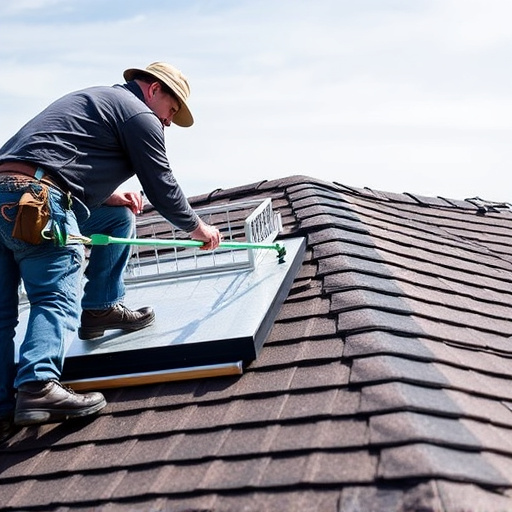
Quality wood siding is a sign of skilled craftsmanship and longevity for any home. To truly appreciate it, you must first understand the fundamentals. The basic components include smooth, straight boards fitted tightly together to form a protective barrier against the elements. Each board should be meticulously measured, cut, and installed to ensure seamless integration with the building’s architecture. Proper joints, sealed gaps, and consistent spacing are hallmarks of superior craftsmanship.
Beyond these basics, expert wood siding work involves choosing the right materials for the climate and aesthetic preferences. It requires knowledge of various wood species, their resistance to rot, insects, and decay. Professional installers also consider factors like moisture management, ventilation, and proper nailing techniques to prevent damage over time. Ultimately, high-quality wood siding not only enhances a home’s curb appeal but also ensures its durability and protection as part of comprehensive roofing solutions and home service solutions.
Visual Indicators of Superior Craftsmanship
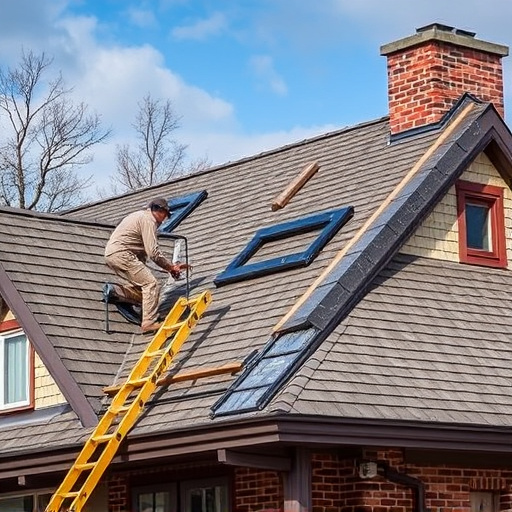
When assessing the quality of wood siding work, the eye is your most powerful tool. Visually inspecting the siding reveals a wealth of information about the craftsmanship involved. Look for uniform and straight lines, indicating precise measurements and cuts during installation. Each board should be securely fastened, with minimal gaps or misalignments, showcasing expert fitting and fastening techniques. The surface should be smooth, free from rough patches or uneven textures, suggesting careful sanding and finishing.
Additionally, pay attention to the corners and edges, where the siding meets windows, doors, or other structural elements. Clean and crisp lines here signal meticulous detailing and a high level of skill. The use of appropriate tools and techniques is evident when you see consistent spacing between boards and no signs of hastily cut or uneven pieces. These visual indicators not only contribute to the overall aesthetic appeal but also ensure the longevity and durability of wood siding, be it in new installations or siding repairs.
Beyond Appearance: Durability and Functionality
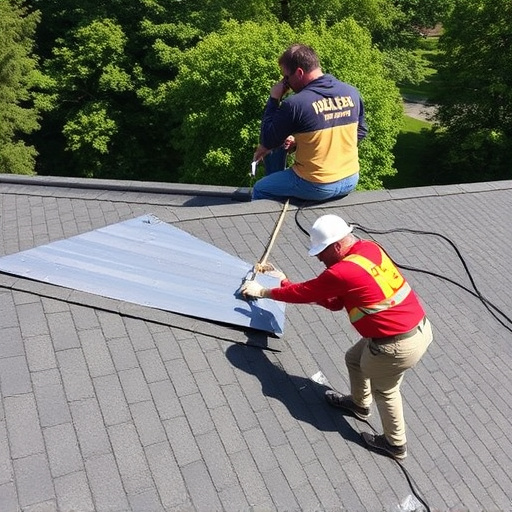
When assessing the quality of wood siding work, it’s crucial to look beyond the aesthetic appeal and consider two critical aspects: durability and functionality. High-quality craftsmanship doesn’t just stop at a visually appealing exterior; it ensures that your wood siding stands the test of time while also serving its intended purpose.
Durable wood siding should be able to withstand harsh weather conditions, prevent water damage, and resist rot or pest infestations. This longevity translates into reduced need for roof repair or residential siding replacement, saving you money in the long run. Moreover, functional wood siding contributes to energy efficiency by providing insulation, reducing heat transfer, and helping maintain a comfortable indoor temperature. Quality craftsmanship thus not only enhances the curb appeal of your home but also offers reliable and eco-friendly roofing solutions.
When assessing the quality of wood siding work, it’s crucial to look beyond initial aesthetics. By understanding the fundamental principles and considering both visual cues and functional aspects, you can confidently identify superior craftsmanship. Remember, top-tier wood siding not only enhances your home’s exterior beauty but also ensures longevity and maintains its appeal for years to come.



